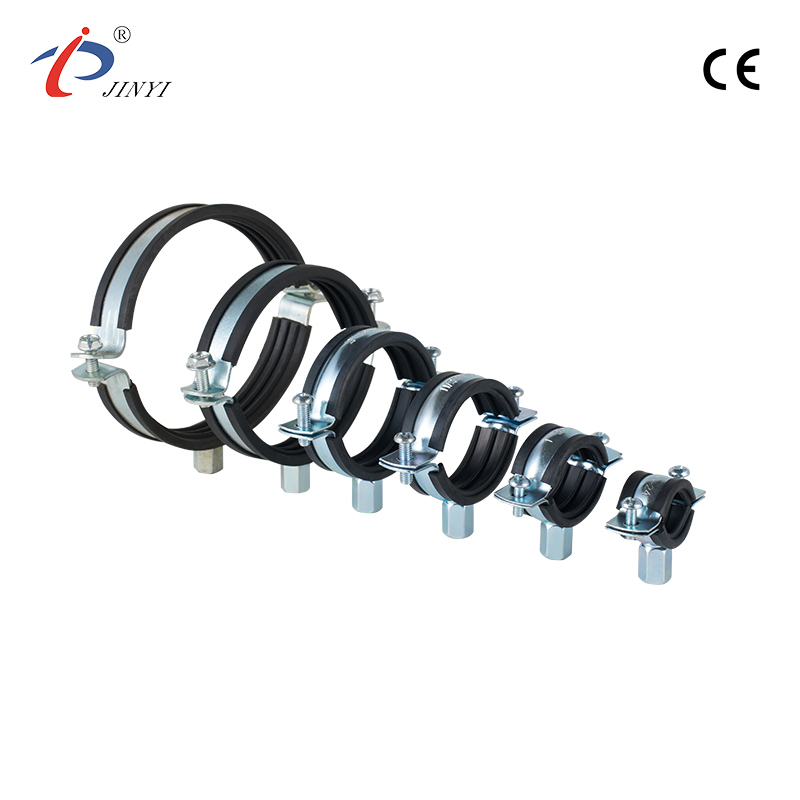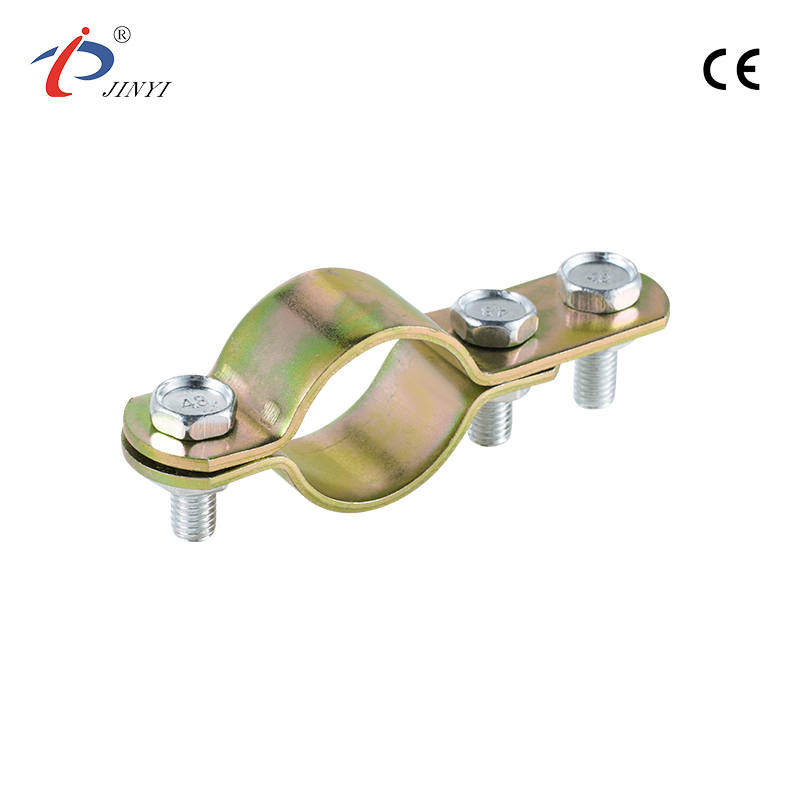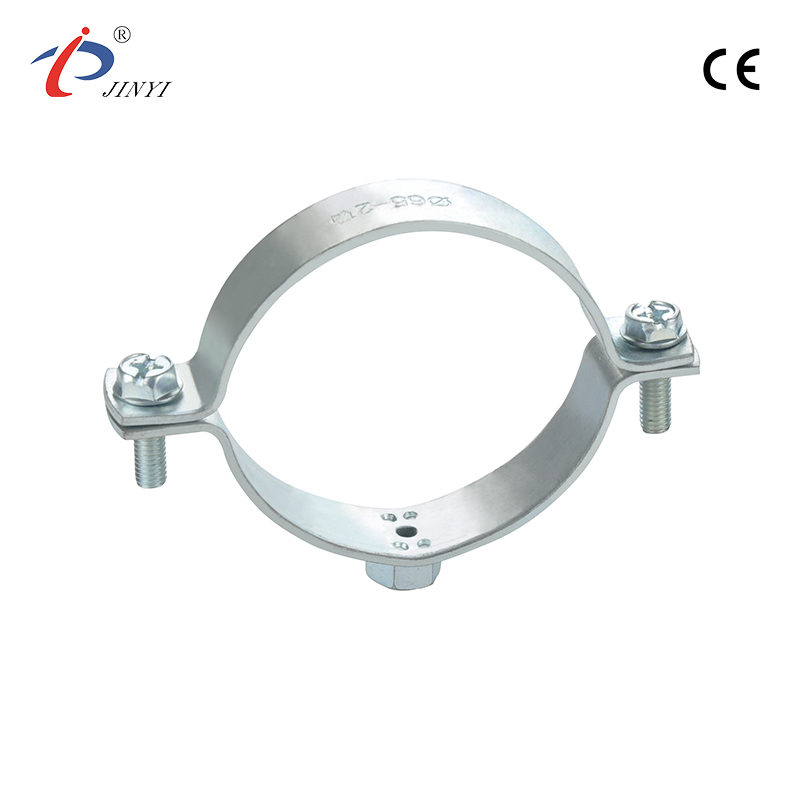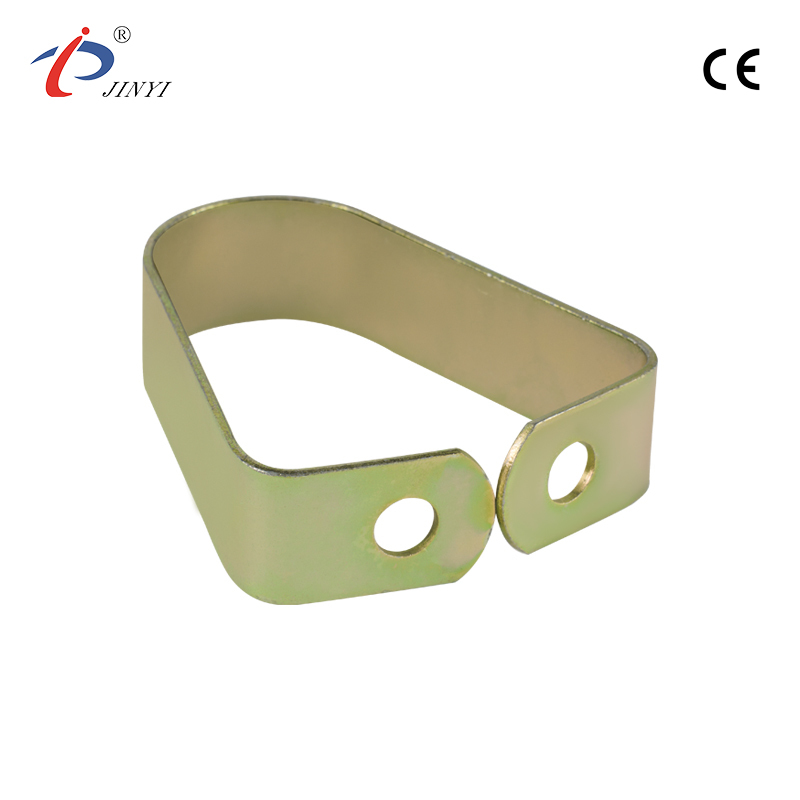Why Is a Shower Bases Support Frame Essential for Bathroom Stability
2025-11-14
What Makes a Shower Bases Support Frame Essential for Modern Bathrooms
In modern bathroom construction, functionality and stability play a central role in ensuring long-term performance. A Shower Bases Support Frame provides the structural foundation that allows shower systems to remain secure, balanced, and durable. Beyond holding weight, it ensures that water drainage, alignment, and safety standards are properly maintained.
Building the Foundation of Stability
Every shower system requires a dependable base that distributes weight evenly across the floor. Without proper support, floors can experience uneven pressure that may lead to water leakage or surface distortion. A well-structured support frame minimizes such risks by offering balanced reinforcement and helping maintain the integrity of the surrounding installation materials.
Many modern installations combine sleek design with practicality. By integrating the frame beneath the base, contractors achieve a seamless appearance while maintaining accessibility for maintenance. The design not only contributes to visual neatness but also helps align the drainage system efficiently, promoting effective water flow during daily use.
Supporting Structural Integrity
In bathroom renovation or new construction, maintaining a stable base is key to performance over time. The support frame acts as a bridge between the shower tray and the subfloor, distributing pressure evenly. This prevents localized strain, reduces stress on joints, and keeps the base aligned. Such structural integrity is especially valuable in areas where frequent use demands dependable performance.
Moreover, the frame plays a role in sound control and vibration absorption. It minimizes creaking or shifting noises that can occur with unbalanced installations. This quiet operation enhances comfort and promotes a higher perception of build quality.
| Function | Contribution | Practical Benefit |
|---|---|---|
| Load Distribution | Evenly spreads weight | Prevents surface deformation |
| Alignment Control | Keeps tray balanced | Ensures effective drainage |
| Maintenance Access | Allows easy inspection | Simplifies upkeep |
Compatibility and Adaptation
Modern bathrooms come in diverse layouts and materials, making adaptability essential. A flexible frame can be adjusted to suit various tray dimensions, flooring types, and installation methods. This compatibility saves time during assembly and ensures a professional finish without extensive adjustments.
In commercial spaces such as hotels or residential projects, quick installation can also reduce downtime. The right frame supports this efficiency by being easy to assemble, secure, and maintain. For manufacturers and contractors alike, it represents a balance between performance and practicality.
Hygienic Design and Safety Considerations
A bathroom must not only be functional but also hygienic. Support frames designed for moisture resistance and easy cleaning help prevent mold or residue accumulation. Smooth surfaces and corrosion-resistant finishes promote cleanliness and longevity, even in humid environments.
Additionally, a stable frame enhances user safety. It minimizes movement beneath the shower tray, preventing cracks or unexpected shifts. These design features align with construction guidelines that prioritize safety without compromising appearance or accessibility.
Sustainable Construction and Material Efficiency
The growing focus on sustainable design extends to bathroom equipment. Frames made from durable and recyclable materials reduce replacement frequency and waste. Efficient use of raw materials during production contributes to an environmentally conscious construction process. Some designs also incorporate adjustable components that can be reused when bathrooms are renovated, reducing the need for entirely new installations.
Energy-efficient manufacturing methods and long-lasting materials align with global efforts to reduce carbon impact. For contractors and developers, such equipment supports environmental certification goals while maintaining functional standards.
Future-Oriented Design Concepts
As bathrooms evolve toward more modular and minimalist layouts, the role of the support frame is expanding. Future designs emphasize simplified installation and compatibility with various flooring materials, including underfloor heating systems. Manufacturers continue to innovate by creating designs that reduce installation time and allow flexible height adjustments.
Smart integration may also play a role in the near future. Some systems are being engineered to monitor moisture levels and detect leaks early. These innovations contribute to proactive maintenance, preventing costly repairs while maintaining consistent performance.
A Shower Bases Support Frame may appear as a simple structural element, yet it serves as a crucial foundation for reliability, safety, and sustainability in modern bathroom construction. Its contribution goes beyond physical support—it enables proper drainage, preserves structural balance, and enhances the overall user experience.
As the demand for functional and efficient bathroom systems continues to grow, choosing high-quality and well-designed support structures ensures long-term stability and comfort. Reliable installation solutions help both homeowners and professionals achieve practical results that align with modern building standards.
How to Choose the Right Shower Bases Support Frame for Long-Term Stability
Selecting a Shower Bases Support Frame is a crucial step in ensuring both functional performance and durability in bathroom installations. While the frame itself might not be visible once the shower is in use, it determines how stable, safe, and efficient the entire system will remain over time. Understanding what to evaluate before purchasing or installing one helps prevent costly maintenance and promotes a smooth, long-lasting experience.
Evaluating the Structural Requirements
Every bathroom has its own construction parameters, including floor material, load-bearing capacity, and water drainage layout. Before choosing a frame, these factors should be carefully considered. The frame must distribute weight evenly to avoid surface distortion or leaks. An uneven or poorly supported base can compromise the balance of the shower tray, leading to structural wear or unwanted movement over time.
When evaluating, look at how the frame integrates with the subfloor and drainage system. The ability to maintain alignment between the tray and drain ensures that water flows efficiently, preventing pooling or uneven drying. This alignment not only improves daily use but also helps preserve surrounding materials from moisture damage.
Choosing Materials that Withstand Moisture and Pressure
Durability begins with the materials used in construction. Moisture resistance is vital since bathrooms are constantly exposed to humidity and temperature changes. A sturdy frame made from corrosion-resistant materials reduces the risk of rust, warping, or deterioration. It ensures the shower system retains stability even after years of use.
The choice of material also influences maintenance requirements. Surfaces that are easy to clean prevent the buildup of dirt and mold. For installers and homeowners alike, this means less time spent on upkeep and more confidence in long-term hygiene.
| Selection Factor | Consideration | Impact on Performance |
|---|---|---|
| Material Type | Corrosion and moisture resistance | Increases service life |
| Load Distribution | Even weight balance | Prevents surface cracking |
| Drainage Compatibility | Aligned outlet design | Improves water flow |
Assessing Compatibility and Adjustability
Modern bathroom designs vary in shape and layout. A flexible frame that allows height or angle adjustment can adapt to different floor types and tray models. This adaptability ensures that even minor unevenness in the floor can be corrected during installation, creating a balanced and professional finish.
Compatibility also matters when renovating existing bathrooms. Adjustable legs or modular frame parts make it easier to upgrade or replace components without removing the entire installation. This adaptability saves time and reduces renovation costs, particularly in large housing projects or commercial spaces.
Considering Installation Convenience
An efficient installation process benefits both contractors and homeowners. Frames designed for straightforward assembly and alignment reduce the time required for fitting. Features like accessible adjustment points or integrated fastening mechanisms make it easier to achieve precise positioning.
Additionally, easy access for post-installation maintenance is valuable. Frames that allow panels or trays to be lifted without major dismantling simplify cleaning and inspection. This ease of serviceability helps sustain proper hygiene standards and minimizes downtime for repair.
Prioritizing Safety and Stability
A stable foundation enhances not only durability but also safety. Frames that remain firmly fixed prevent tray movement during use, reducing the risk of cracking or slipping. Anti-slip footings, reinforced brackets, and secure fittings all contribute to the shower's overall reliability.
Furthermore, stability helps maintain the integrity of connected plumbing systems. When the base stays aligned, pressure on pipes and joints remains consistent, minimizing the potential for leaks or breakages. For high-traffic environments, this reliability translates into long-term operational efficiency.
Maintenance and Accessibility Considerations
Maintenance is often overlooked during the buying stage, but it greatly affects longevity. A frame that allows simple access for inspection helps detect early signs of wear, such as loosening joints or corrosion spots. Regular visual checks can prevent major repair costs later.
Frames designed with fewer small gaps and easy-to-remove parts simplify cleaning and protect against moisture accumulation. These subtle design details contribute to the long-term hygiene and aesthetic value of the bathroom.
Sustainability and Longevity in Design
Sustainability is becoming an important consideration in modern construction. Choosing a support frame that uses recyclable materials or modular components contributes to reduced waste. Long-lasting construction also reduces replacement frequency, supporting eco-conscious building practices.
In addition, durable frames mean fewer resources are used throughout their life cycle, aligning with environmental goals while maintaining cost efficiency. The combination of longevity and material responsibility represents a balance between practicality and sustainability.
Selecting a Reliable Manufacturer
When it comes to specialized bathroom components, partnering with a dependable manufacturer ensures consistent quality and support. A supplier with experience in bathroom frame design can provide products that meet both performance and safety expectations. It also allows customization options to match specific installation environments, ensuring the frame integrates seamlessly into existing or new structures.
Working with an experienced provider also offers benefits like product guidance, after-sales service, and technical insights that simplify installation planning. This collaboration helps builders and designers create spaces that are both functional and aesthetically balanced.
A Shower Bases Support Frame may appear as a small part of the overall bathroom setup, yet it serves as the foundation for performance, hygiene, and user comfort. Selecting the right one involves evaluating factors such as material quality, adjustability, installation convenience, and sustainability. Each consideration contributes to a stable and lasting result.
As bathroom design continues to evolve toward efficiency and style, investing in a well-constructed support frame ensures that the space remains reliable, safe, and visually appealing. By focusing on stability, compatibility, and responsible material use, homeowners and builders alike can achieve durable solutions suited for modern living.
Why Proper Support Frames Improve the Safety and Lifespan of Shower Bases
A properly designed Shower Bases Support Frame is essential for ensuring that a bathroom installation remains safe, stable, and long-lasting. While it may seem like a minor component, the frame directly impacts the durability of the shower base, the integrity of connected plumbing, and the overall user experience. Understanding the role of support frames helps homeowners, designers, and installers make informed choices for both new and renovated bathrooms.
Structural Stability and Weight Distribution
The main function of a support frame is to evenly distribute the weight of the shower tray and the water it holds. Uneven load distribution can cause stress points on the base, leading to cracks or deformation over time. Frames designed with adjustable legs or reinforced brackets help maintain balance, even on slightly uneven subfloors.
| Feature | Purpose | Benefit |
|---|---|---|
| Adjustable Legs | Correct floor irregularities | Ensures even load distribution |
| Reinforced Brackets | Support heavy trays | Reduces risk of cracking |
| Crossbeam Structure | Adds rigidity | Improves long-term stability |
By stabilizing the base, the frame also supports connected plumbing lines. Pipes remain aligned, reducing the likelihood of leaks or joint stress. A well-supported installation translates into fewer repairs and lower maintenance costs over the years.
Enhanced Safety for Everyday Use
Safety is a key consideration in any bathroom design. Shower bases without adequate support can shift under pressure, increasing the risk of slips or structural failure. Frames that securely hold the tray in place reduce movement and provide a reliable surface for daily use.
In addition, some frames feature anti-slip footings or rubberized supports that improve grip between the tray and the subfloor. This prevents minor vibrations or accidental shifts from compromising safety, particularly in high-traffic households or public facilities.
Materials That Extend Lifespan
The choice of materials significantly influences both safety and durability. Corrosion-resistant metals or engineered composites withstand moisture exposure without deteriorating. Frames constructed from such materials maintain their structural integrity even after years of cleaning and daily water contact.
Durable materials also minimize the need for frequent replacements. This reduces both environmental impact and long-term cost, aligning with modern sustainability practices. Maintenance becomes easier as surfaces resist rust, corrosion, and wear, ensuring that inspections reveal fewer issues over time.
Installation and Accessibility
Frames designed for straightforward installation reduce errors that could compromise safety or performance. Clear alignment indicators, modular components, and adjustable fittings help installers position the tray accurately. Proper setup ensures even contact across all supporting points, preventing stress on weak areas.
Accessible designs also make maintenance simpler. Panels or legs that can be inspected or adjusted without dismantling the entire tray allow for early detection of wear or movement. This proactive approach keeps the shower system functioning efficiently and safely.
Impact on Hygiene and Cleaning
A stable frame also contributes to a cleaner and more sanitary bathroom environment. A level tray prevents water from pooling in corners or beneath the base, reducing the risk of mold or mildew development. Smooth, corrosion-resistant surfaces facilitate easy cleaning, maintaining hygiene standards while protecting the underlying floor from water damage.
Compatibility With Different Shower Designs
Modern bathrooms feature a wide variety of tray shapes and sizes. Support frames that are flexible and modular can adapt to different models and layouts. Adjustable configurations allow for precise alignment with existing plumbing and flooring conditions, which is particularly valuable in renovation projects.
This adaptability not only supports proper function but also enhances visual harmony. A correctly installed base remains flush with surrounding tiles, walls, or flooring, contributing to an overall polished appearance.
Long-Term Cost and Value Considerations
Investing in a quality support frame has tangible long-term benefits. Reduced risk of structural damage means fewer repairs, while extended lifespan decreases the frequency of replacements. Time saved on maintenance and cleaning also contributes to overall efficiency.
Additionally, choosing a frame that aligns with durability and safety standards provides peace of mind for homeowners, contractors, and facility managers. Ensuring that every installation is stable and secure translates into improved user satisfaction and fewer warranty claims.
The importance of a properly installed Shower Bases Support Frame extends beyond structural support. It safeguards users, protects connected plumbing, and prolongs the functional life of the shower base. By carefully considering material quality, adjustability, installation precision, and hygiene impact, bathroom designers and installers can create reliable and lasting solutions.
A focus on stability, safety, and durability not only enhances daily use but also supports sustainable construction practices. Choosing the right support frame ensures that a bathroom remains safe, efficient, and aesthetically balanced for years to come.



 русский
русский  Español
Español 









